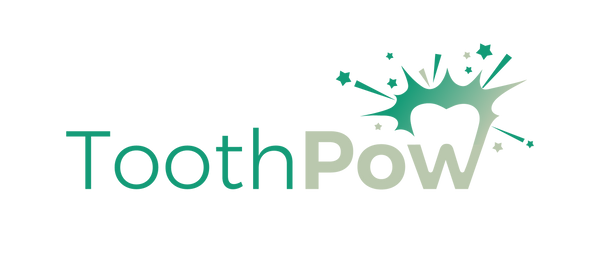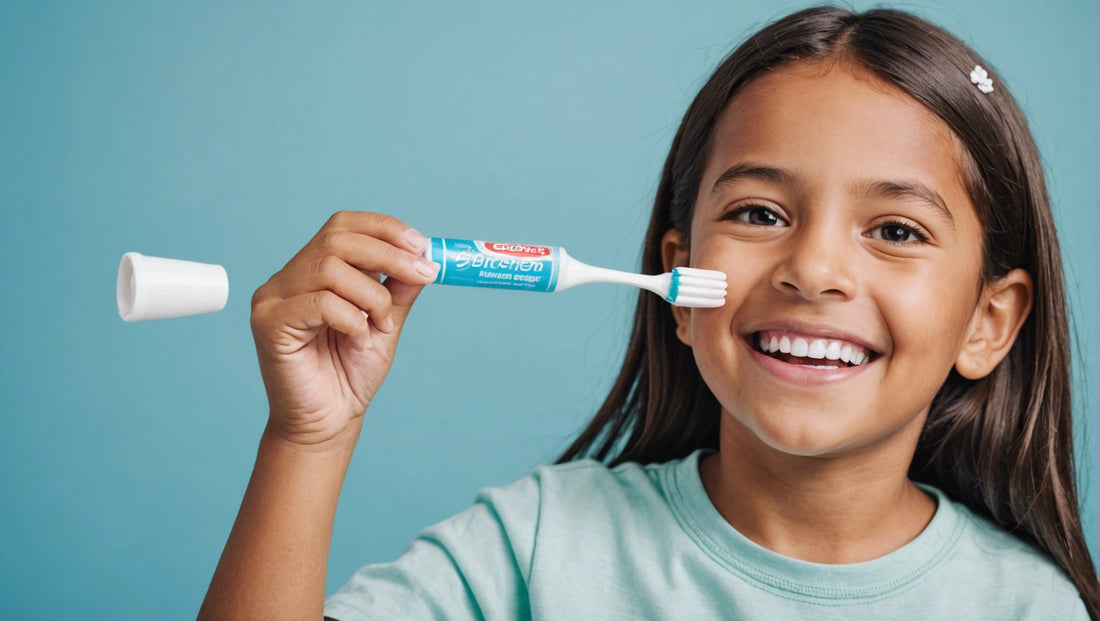Choosing the Best Fluoride-Free Toothpaste for Your Family
Introduction
Navigating the crowded toothpaste aisle can be daunting, especially when you’re seeking a fluoride-free option for your family. Increasing awareness of the potential risks associated with fluoride and synthetic ingredients has led many to explore natural alternatives. However, with myriad choices available, how do you ensure you’re selecting the best product for your family’s oral health? In this guide, we’ll delve into the benefits of natural ingredients, expose harmful additives commonly found in mainstream brands, and explain why fluoride-free options like nano-hydroxyapatite and xylitol are superior for maintaining oral health.
According to a 2019 study published in the Journal of Clinical and Experimental Dentistry, the use of natural ingredients in oral care products can significantly reduce the risk of adverse reactions and improve overall dental health. Additionally, a report by the Environmental Working Group highlighted that over 50% of conventional toothpastes contain potentially harmful additives such as artificial colorings and foaming agents. These findings underscore the importance of making informed choices about what goes into your family’s toothpaste.
In the following sections, we’ll explore the benefits of natural ingredients, harmful additives to avoid, and why you should consider fluoride-free alternatives like nano-hydroxyapatite and xylitol for your family's toothpaste.
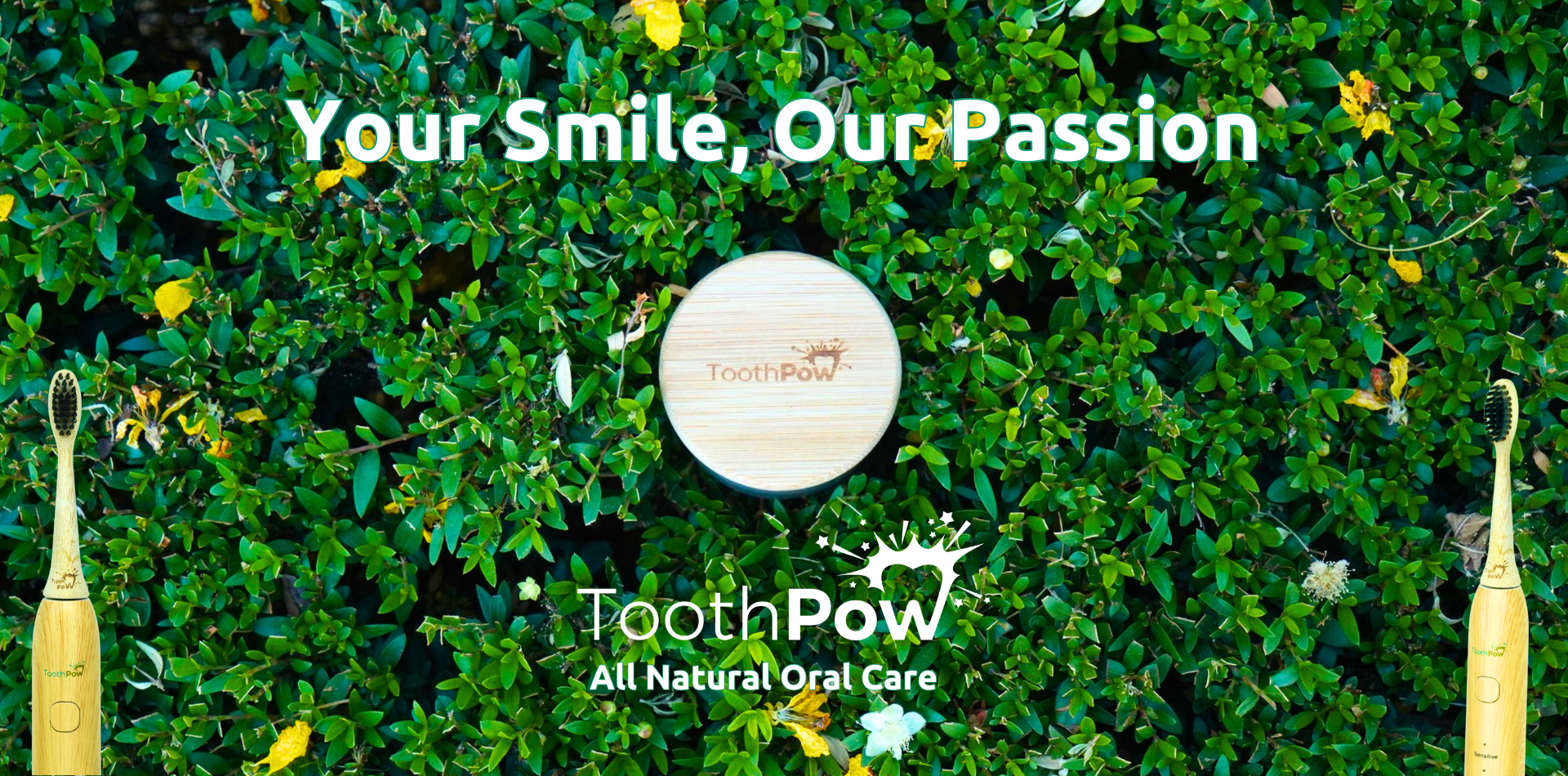
Harmful Additives to Avoid
When choosing a fluoride-free toothpaste, it’s important to be aware of harmful additives commonly found in many mainstream brands. These ingredients can have detrimental effects on your oral health and overall well-being. Here are some additives to watch out for:
-
Artificial Colorings
Risks: Synthetic dyes, such as FD&C Blue No. 1 and Red No. 40, are often used to make toothpaste visually appealing, especially to children. These colorings can cause allergic reactions, hyperactivity in children, and even potential carcinogenic effects.
Evidence: The Center for Science in the Public Interest has highlighted numerous health concerns associated with artificial food dyes, including links to cancer and behavioral issues .
-
Artificial Flavors
Risks: Many toothpastes use artificial flavors to enhance taste. These can include a variety of chemicals that may be harmful if ingested and often mask the benefits of natural ingredients.
Evidence: A study in the journal Food and Chemical Toxicology found that artificial flavors can contribute to health issues such as allergic reactions and sensitivities .
-
Foaming Agents (Sodium Lauryl Sulfate - SLS)
Risks: SLS is a detergent used to create foam in toothpaste. It can cause irritation, dryness in the mouth, and has been linked to canker sores.
Evidence: Research published in the Journal of the American College of Toxicology indicated that SLS can cause irritation to the skin and mucous membranes, leading to conditions like contact dermatitis and oral mucosal irritation .
-
Triclosan
Risks: Used for its antibacterial properties, triclosan has been linked to hormonal disruptions and antibiotic resistance.
Evidence: The FDA has banned triclosan from certain consumer products due to concerns about its long-term health effects, including potential endocrine disruption and the contribution to antibiotic-resistant bacteria .
-
Fluoride
Risks: While fluoride has been traditionally used to prevent cavities, excessive exposure can lead to dental fluorosis, thyroid problems, and neurological effects.
Evidence: A 2019 study in JAMA Pediatrics found an association between higher fluoride exposure during pregnancy and lower IQ scores in children . Additionally, the CDC has reported an increase in dental fluorosis among children due to excessive fluoride intake .
-
Propylene Glycol
Risks: Often used as a humectant, propylene glycol can cause skin, eye, and respiratory irritation. It is also a potential allergen.
Evidence: The Agency for Toxic Substances and Disease Registry (ATSDR) has identified propylene glycol as a potential irritant and allergen, advising caution in its use .
By avoiding these harmful additives, you can significantly reduce the risk of adverse health effects and ensure a safer, more natural oral care routine for your family.
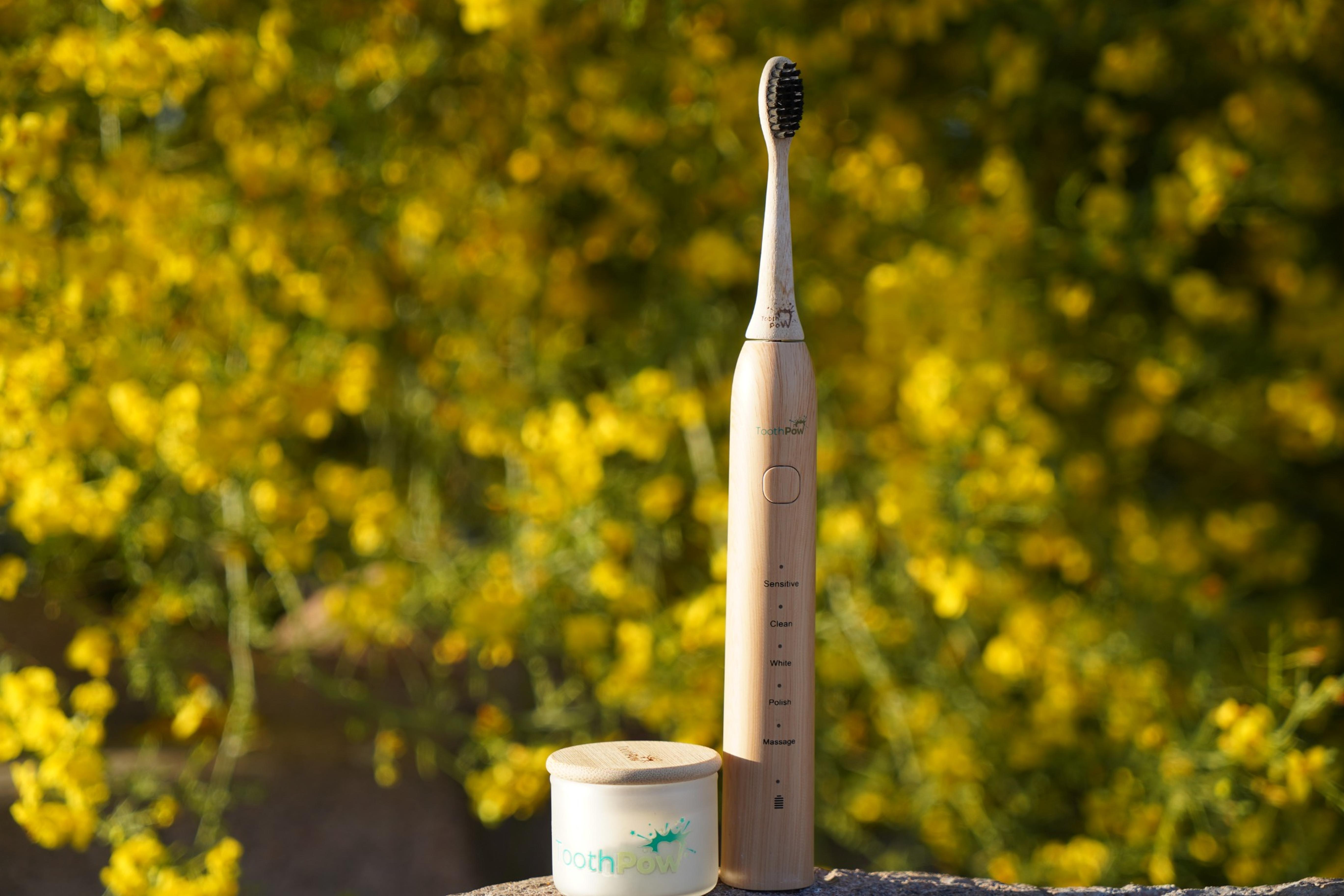
The Marketing Schemes That Hurt Our Health
Marketing plays a significant role in how we choose our personal care products, including toothpaste. Unfortunately, some common marketing tactics can lead consumers to select products that are not necessarily the best for their health. Here are a few marketing schemes to be wary of:
-
Crazy Colored Toothpaste for Kids
Risks: Brightly colored toothpastes often contain synthetic dyes such as FD&C Blue No. 1 and Red No. 40. These dyes are added to make the toothpaste more appealing to children but can have adverse health effects.
Evidence: The Center for Science in the Public Interest has raised concerns about artificial food dyes, linking them to behavioral issues in children and potential carcinogenic effects.
-
Artificial Flavors and Sweeteners
Risks: To make toothpaste more palatable, many brands add artificial flavors and sweeteners. These ingredients can mask the natural flavors of healthier ingredients and may have various health risks.
Evidence: According to a study published in Food and Chemical Toxicology, artificial flavors can lead to allergic reactions and sensitivities. Moreover, artificial sweeteners like saccharin and aspartame have been associated with metabolic issues and other health concerns.
-
Overpowering Mint Flavors
Risks: Many conventional toothpastes use strong mint flavors to create a sensation of cleanliness. However, these artificial flavors can be irritating and unnecessary.
Evidence: Research indicates that excessive use of artificial mint flavorings can lead to oral tissue irritation and allergic reactions in sensitive individuals.
-
Foaming Agents (SLS)
Risks: Sodium Lauryl Sulfate (SLS) is commonly used to create a foaming effect in toothpaste, giving the illusion of thorough cleaning. However, SLS can cause irritation and dryness in the mouth.
Evidence: Studies published in the Journal of the American College of Toxicology have shown that SLS can lead to mucosal irritation and contribute to the development of canker sores.
By being aware of these marketing tactics, you can make more informed choices about the toothpaste you select for your family. Opting for products with natural ingredients and avoiding unnecessary additives can help ensure better oral health and overall well-being.
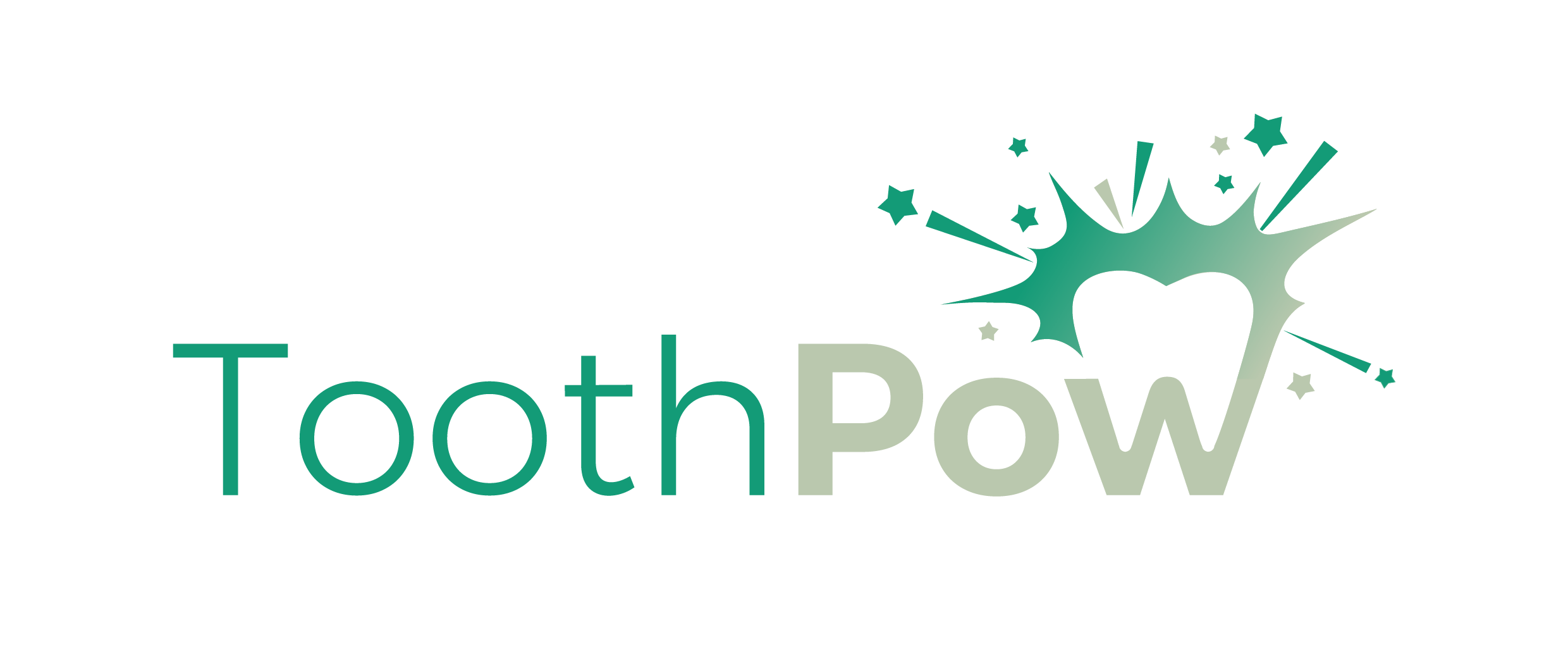
The Benefits of Natural Ingredients in Toothpaste
When choosing a fluoride-free toothpaste for your family, understanding the benefits of natural ingredients is crucial. Natural ingredients not only avoid the potential risks associated with synthetic additives but also offer a host of advantages for oral health. Here are some key natural ingredients to look for in a high-quality fluoride-free toothpaste:
-
White Kaolin Clay
Benefit: Gentle on enamel while effectively cleaning and polishing teeth.
Evidence: A study in the Journal of Dental Hygiene found that natural clays like kaolin can effectively remove plaque without causing abrasion to tooth enamel .
-
Spearmint Oil
Benefit: Naturally freshens breath and has antimicrobial properties.
Evidence: Research published in the Journal of Essential Oil Research demonstrates that spearmint oil has significant antibacterial activity, helping to reduce harmful oral bacteria .
-
Bentonite-Montmorillonite Clay
Benefit: Detoxifies the mouth by binding to toxins and bacteria, promoting a cleaner oral environment.
Evidence: A study in the International Journal of Dentistry highlighted the ability of bentonite clay to adsorb toxins and heavy metals, making it an effective detoxifying agent .
-
Sodium Bicarbonate (Baking Soda)
Benefit: Neutralizes acids in the mouth, reduces plaque, and gently whitens teeth.
Evidence: The American Dental Association notes that baking soda is an effective mild abrasive that can help remove surface stains and neutralize acids .
-
Nano-Hydroxyapatite
Benefit: Remineralizes and strengthens enamel, providing a viable alternative to fluoride.
Evidence: A review in the Journal of Dental Research concluded that nano-hydroxyapatite is effective in remineralizing enamel and reducing sensitivity, comparable to fluoride .
-
Xylitol
Benefit: Reduces cavity-causing bacteria and promotes saliva production.
Evidence: Clinical studies, such as those published in the International Journal of Dentistry, have shown that xylitol can significantly reduce the levels of Streptococcus mutans, the primary bacteria responsible for cavities .
-
Monk Fruit
Benefit: Provides natural sweetness without the harmful effects of sugar or artificial sweeteners.
Evidence: Research in the Journal of Food Science indicates that monk fruit extract is a safe, natural sweetener with antioxidant properties, making it a healthy alternative to sugar .
Incorporating these natural ingredients into your family’s oral care routine can lead to better dental health outcomes and reduce exposure to potentially harmful chemicals found in many mainstream toothpastes.

Why Fluoride Should Be Avoided
For decades, fluoride has been a staple in dental care products due to its cavity-fighting properties. However, recent research and growing concerns have highlighted several potential risks associated with fluoride use. Here’s why you might want to consider fluoride-free alternatives like nano-hydroxyapatite and xylitol for your family’s toothpaste:
-
Dental Fluorosis
Risks: Excessive fluoride exposure during tooth development can lead to dental fluorosis, a condition that causes discoloration and mottling of the teeth.
Evidence: The Centers for Disease Control and Prevention (CDC) reports an increase in dental fluorosis among children, correlating with higher fluoride exposure from multiple sources, including drinking water and dental products .
-
Thyroid Issues
Risks: Fluoride can interfere with thyroid function, potentially leading to hypothyroidism or other thyroid-related issues.
Evidence: Research published in the journal Environmental Health Perspectives found that higher fluoride exposure was associated with lower thyroid function, particularly in individuals with iodine deficiency .
-
Neurological Concerns
Risks: Some studies have raised concerns about the neurotoxic effects of fluoride, especially in developing children.
Evidence: A 2019 study in JAMA Pediatrics found an association between higher fluoride exposure during pregnancy and lower IQ scores in children .
-
Systemic Health Issues
Risks: Chronic exposure to high levels of fluoride has been linked to various systemic health issues, including skeletal fluorosis, which affects bones and joints.
-
Evidence: The National Research Council’s review of fluoride in drinking water concluded that long-term exposure to high levels of fluoride can lead to significant skeletal issues .
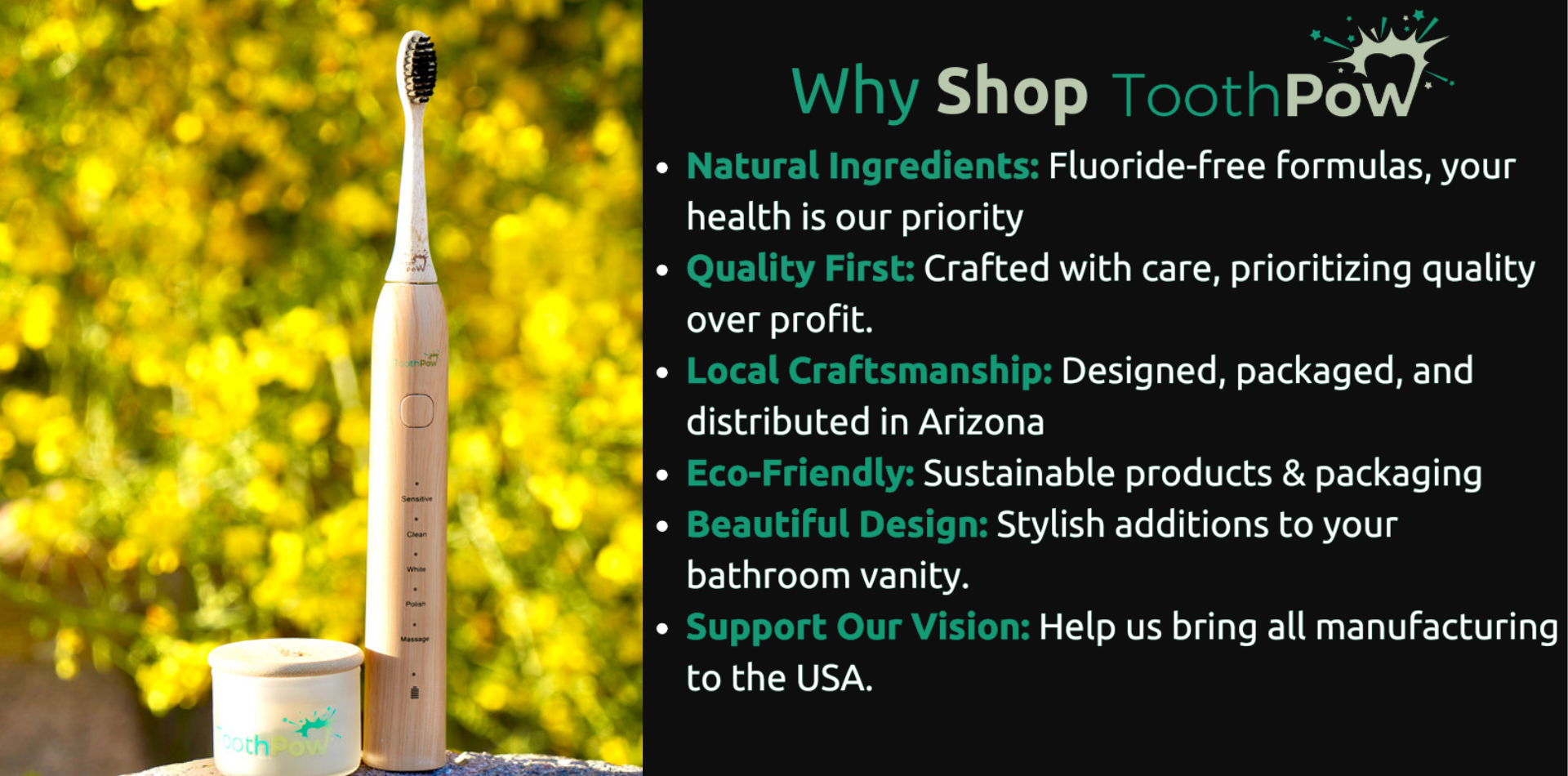
Alternatives to Fluoride: Nano-Hydroxyapatite and Xylitol
Nano-Hydroxyapatite
Benefit: Nano-hydroxyapatite is a naturally occurring mineral that makes up the majority of tooth enamel. It helps to remineralize and strengthen teeth, offering an effective alternative to fluoride.
Evidence: A review in the Journal of Dental Research concluded that nano-hydroxyapatite is effective in remineralizing enamel and reducing sensitivity, comparable to fluoride .
Xylitol
Benefit: Xylitol is a natural sweetener that helps reduce cavity-causing bacteria and promotes saliva production.
Evidence: Clinical studies, such as those published in the International Journal of Dentistry, have shown that xylitol can significantly reduce the levels of Streptococcus mutans, the primary bacteria responsible for cavities .
By choosing fluoride-free alternatives like nano-hydroxyapatite and xylitol, you can effectively protect and strengthen your family’s teeth without the potential risks associated with fluoride.
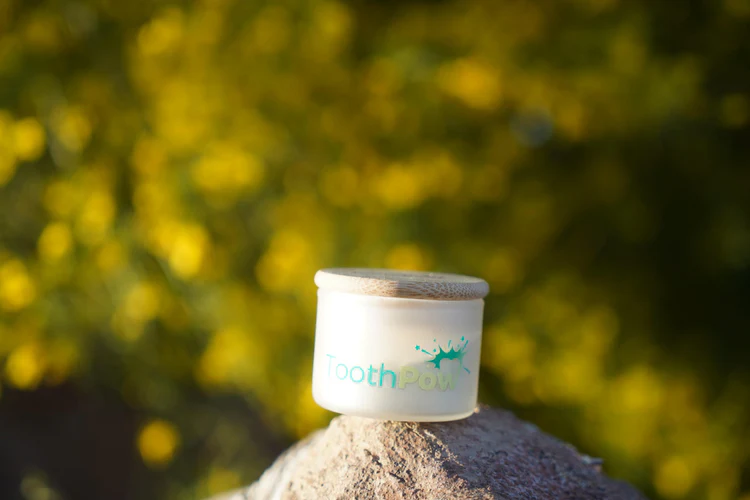
Conclusion and Recommendation
When it comes to choosing the best fluoride-free toothpaste for your family, understanding the benefits of natural ingredients and being aware of harmful additives is essential. By opting for toothpastes that use natural components such as white kaolin clay, spearmint oil, bentonite-montmorillonite clay, sodium bicarbonate, nano-hydroxyapatite, xylitol, and monk fruit, you can ensure better oral health and avoid the potential risks associated with synthetic chemicals and fluoride.
At ToothPow, we are dedicated to providing a safe and effective alternative to conventional toothpastes. Our formula is crafted from simple, natural ingredients that promote oral health without the use of artificial colorings, foaming agents, or overpowering mint flavors. By choosing ToothPow, you're not only making a healthier choice for your mouth but also supporting a brand committed to sustainability and natural wellness.
In summary, when selecting a fluoride-free toothpaste for your family, look for products that prioritize natural ingredients and transparency in their formulations. Avoid brands that use harmful additives and marketing gimmicks, and consider fluoride-free alternatives like nano-hydroxyapatite and xylitol to maintain a healthy, bright smile.
By making informed choices and prioritizing your family's oral health, you can enjoy the benefits of a cleaner, safer, and more effective dental care routine.
Sources:
Centers for Disease Control and Prevention. "Dental Fluorosis." cdc.gov.
Environmental Health Perspectives. "Fluoride Exposure and Thyroid Function Among Adults." ehp.niehs.nih.gov.
JAMA Pediatrics. "Association Between Maternal Fluoride Exposure During Pregnancy and IQ Scores in Offspring." jamanetwork.com.
National Research Council. "Fluoride in Drinking Water: A Scientific Review of EPA's Standards." nap.edu.
Center for Science in the Public Interest. "Food Dyes: A Rainbow of Risks." cspinet.org.
American Dental Association. "The Role of Baking Soda in Oral Health." ada.org
